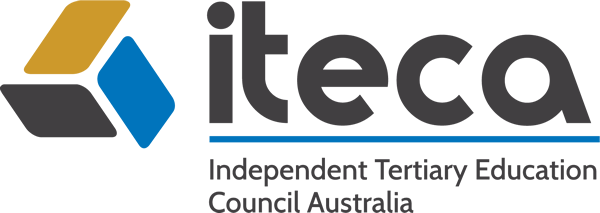Every individual learns differently and it can be really useful to understand different learning styles. Visual, auditory and kinesthetic (VAK) learning styles theory focuses on these three main cognitive learning styles. Proposed by Neil Fleming in 1992, it can help you understand how you learn and what methods of learning suit you. Understanding your particular learning method will allow you to get the most out of your Selmar qualification.
Someone with a visual learning style benefits from seeing or observing. Visual learners typically take detailed notes and enjoy reading.
Visual learning style
Here are some tips that might help visual learners:
- Sit at the front of the class so you can see clearly and avoid the distraction of windows or doors
- Use visual learning tools such as, illustrations, diagrams, demonstrations, displays, films, maps and graphs
- Create pictures or charts of your work
- Understand the big picture before focusing on the detail
- Use colorful, clear depictions
- Mind map your ideas
- Color code your work
- Use flash cards
Auditory learning style
An auditory learning style means you learn by hearing and listening. They enjoy discussions and listening to others and often hum and talk to themselves.
Auditory leaners can benefit from the following tips.
- Record lectures to play back and listen to more than once
- Discuss your work and projects with other people
- Make the most of lectures and discussion groups
- While working, listen to soft, instrumental background music, without words to distract you
- Read aloud and in your own words
- Summarise the main points of what you are learning out loud
Kinesthetic learning style
People with a kinesthetic learning style learn by touching and doing. They often speak with their hands and tend to prefer group work.
Here are some tips for a kinesthetic leaner.
- Take frequent breaks and move around
- Work while doing something active, such as chewing gum, standing up or even running on a treadmill
- Connect what you are learning with real-life experiences and practical experiences
- Take a hands-on approach to learning by making the most of demonstrations and fieldwork
If you’d like to find out your learning style, you could try a fun online quiz
Were your results what you expected?

